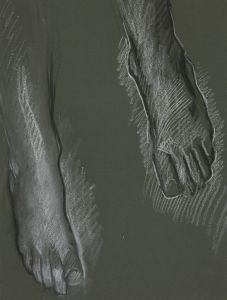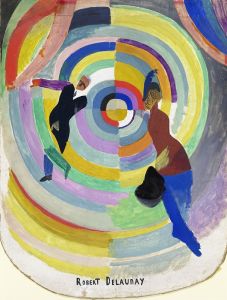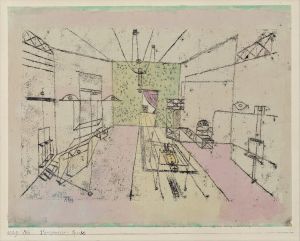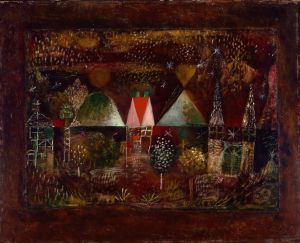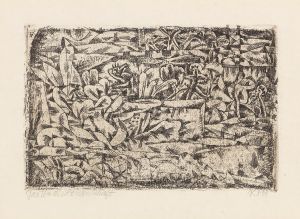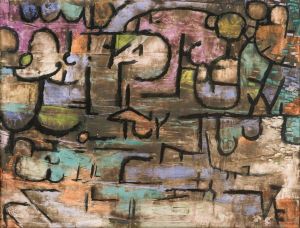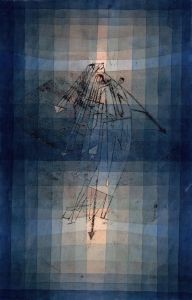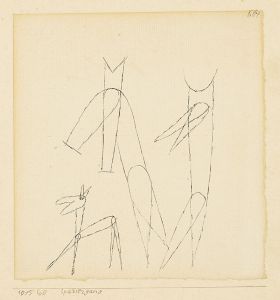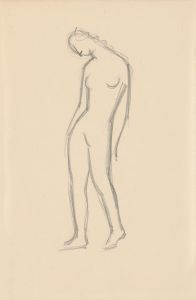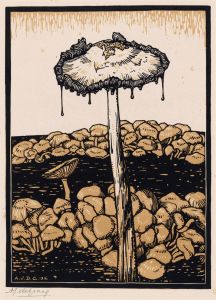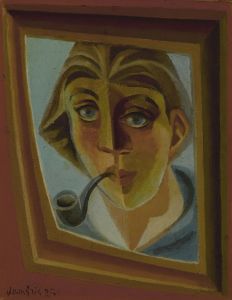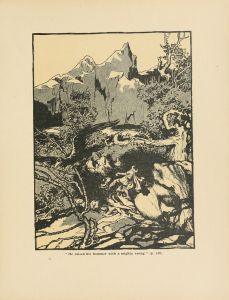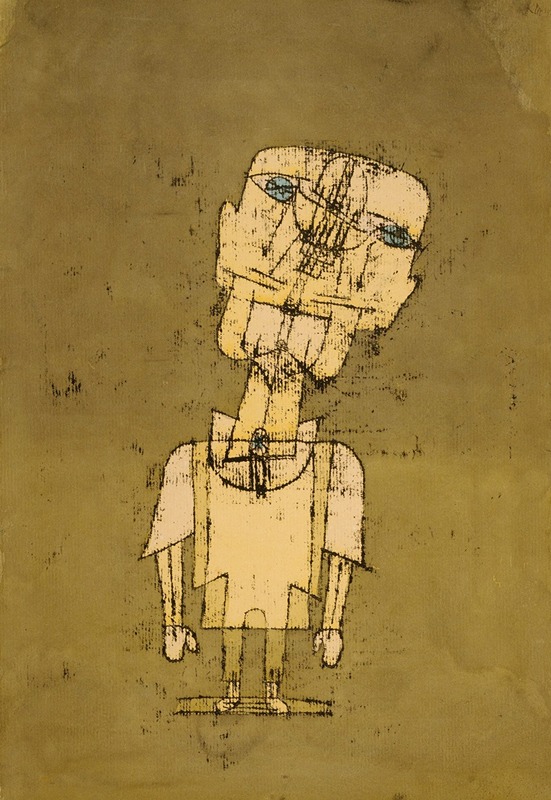
Gespenst eines Genies
A hand-painted replica of Paul Klee’s masterpiece Gespenst eines Genies, meticulously crafted by professional artists to capture the true essence of the original. Each piece is created with museum-quality canvas and rare mineral pigments, carefully painted by experienced artists with delicate brushstrokes and rich, layered colors to perfectly recreate the texture of the original artwork. Unlike machine-printed reproductions, this hand-painted version brings the painting to life, infused with the artist’s emotions and skill in every stroke. Whether for personal collection or home decoration, it instantly elevates the artistic atmosphere of any space.
Paul Klee's Gespenst eines Genies (Ghost of a Genius) is a painting created in 1922 by the Swiss-born German artist, widely regarded as one of the most influential figures in modern art. Klee was known for his highly individual style, which combined elements of expressionism, surrealism, and abstraction. This particular work reflects his interest in exploring the interplay between the spiritual and the artistic, themes that recur throughout his oeuvre.
The painting is executed in watercolor and pencil on paper, mounted on cardboard, a medium Klee frequently employed during this period. Measuring 24.1 x 18.4 cm, it is relatively small in scale, a characteristic of much of Klee's work. The composition features a spectral, abstracted figure that appears to hover in an ambiguous space, evoking a sense of mystery and introspection. The title, Gespenst eines Genies, suggests a connection to the ethereal or otherworldly, possibly alluding to the intangible nature of artistic inspiration or genius.
Klee created this work during his tenure at the Bauhaus, the influential German art school where he taught from 1921 to 1931. The Bauhaus was a hub for avant-garde experimentation, and Klee's teaching and artistic output during this time were deeply intertwined. His work often reflected his interest in color theory, symbolism, and the relationship between art and music, though Gespenst eines Genies leans more toward his exploration of the metaphysical.
The painting is part of the collection of the Kunstmuseum Basel in Switzerland, which holds one of the most significant collections of Klee's works. The museum acquired the piece in 1933, shortly after Klee was dismissed from his teaching position in Germany due to the rise of the Nazi regime, which labeled his art as "degenerate." Despite this political turmoil, Klee's reputation continued to grow, and his works remain celebrated for their innovative and introspective qualities.
Gespenst eines Genies exemplifies Klee's ability to blend whimsy with profound philosophical inquiry, using a deceptively simple visual language to convey complex ideas. The painting invites viewers to contemplate the nature of creativity and the enigmatic forces that drive artistic expression.





